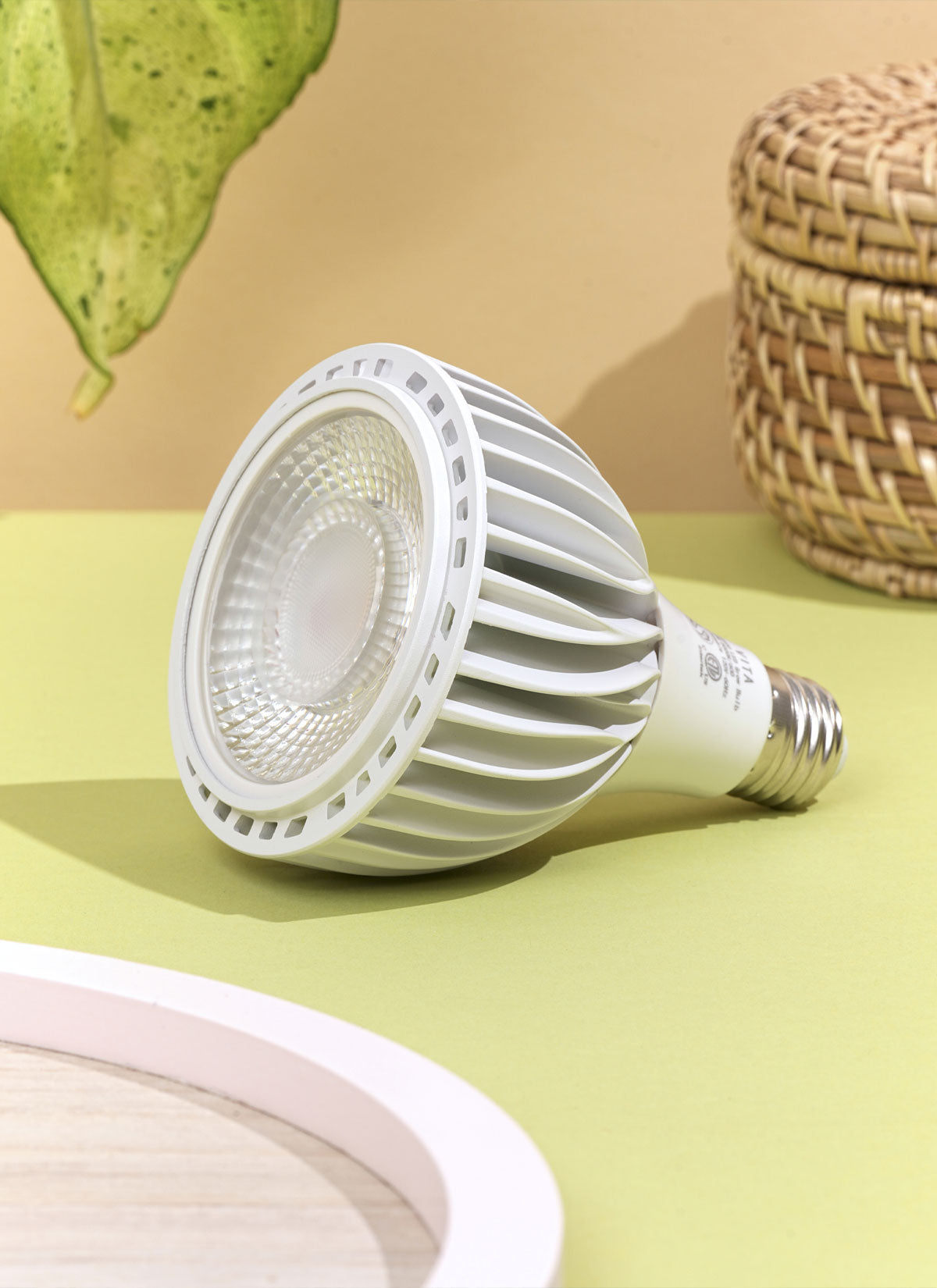Quick Tip: Water until water comes out of drainage holes. Allow top 2 inches of soil to completely dry between waterings.
Nerve plants like constantly moist, yet quick-draining, soil. Be careful not to overwater the plant as this might lead to root rot. Water the plant when the top inch of soil feels dry to the touch. By submerging the pot in a saucer of water and letting the soil absorb the water via the drainage holes, it is ideal to water the plant from the bottom. Water should not be allowed to touch the leaves as this may result in spots or fungus infestations. If at all possible, use distilled or filtered water as the nerve plant is sensitive to fluoride and chlorine. Reduce watering over the winter, but don't let the soil get completely dry. Generally, for a healthy and robust nerve plant, it's critical to maintain continuously moist soil.




















